Do you know of any animal capable of walking on rocky terrain, withstanding extreme cold, detecting predators from miles away, and on top of that, producing the finest and most exclusive wool in the world? Probably not, but it exists. It's called vicuna or vicuña (Vicugna vicugna), a wild Andean camelid that lives high in the Peruvian Andes. Travelers love spotting it because it looks like a “supermodel” of the puna: slim, cinnamon‑colored, and always alert. In the Andes of Peru, vicuñas live in cold, open highland grasslands, so sightings are most common on high routes and in protected areas, usually from a distance, not up close.
This guide explains what a vicuña is, how to tell it from alpacas and llamas, where to see wild vicuñas in Peru, and how to watch them responsibly (no chasing, no loud noise, and no “cheap vicuña wool” without proof). You’ll also learn about the traditional chaccu (chaku) round‑up and why legal, community‑based management matters.
Vicuna in Peru: Discover the sacred animal with the most expensive wool in the world
What is a vicuna?
The vicuna or vicuña is a wild animal that lives in the high Andes, mainly in Peru, Bolivia, Chile, and Argentina. It belongs to the South American camelid family and is the smallest of all. It has a slender body, strong legs, and a long neck that makes it look very elegant. Its fur is soft and light beige with golden highlights. Thanks to its agility, it moves easily through the rocky terrain of the Puna. This sacred animal is known for its fine wool.
What does vicuna mean?
The word vicuna comes from the Quechua word "Wik'uña" and is a species of artiodactyl mammal belonging to the genus "vicugna" of the South American camelid family that lives in the Andean highlands.
Scientific name of the vicuna
The scientific name of the vicuna is Vicugna vicugna. This camelid, the smallest in South America, lives in the Andean highlands and is distinguished by its elegant figure and exceptionally fine wool.
Main features of the vicuna that make it unique
Vicuna | |
| Class | Mammals. |
| Order | Artiodactyla. |
| Family | Camelids. |
| Habitat | Cold, open high-Andes grasslands (puna). |
| Typical elevation | ~3,000–5,000 m (high altitude). |
| Status | Recovered thanks to protection; still protected and vulnerable to poaching. |
| Size | Vicuñas are medium-sized animals. Their body length varies between 1.45 and 1.60 meters, and their height to the shoulders ranges between 75 and 85 centimeters. |
| Weight | The vicuña weighs between 40 and 50 kilograms. Its body is slender and agile, adapted to move easily in mountainous terrain. |
| Coat and color | The color of its coat is beige or light brown on the upper part and white on the chest and belly. On the chest, it has a tuft of long white hairs that provide additional protection against the cold. |
| Head and neck | The vicuña has a small head with large, expressive eyes. Its ears are long and pointed, and its neck is elongated, giving it a slender appearance. |
| Paws | Its legs are long and slender, adapted to move with agility on rocky and steep terrain. Instead of hooves, they have pads that allow them to walk firmly on uneven surfaces. |
| Best way to spot | From a distance on high routes or in protected areas. |
Take a look
Did you know that the vicuña lives in the Andean plateau? Puno is the most representative city of the Peruvian Andes. Discover this interesting city!
Vicuna types in the Andes
In the Andes, there are two subspecies of vicunas that are distinguished by their geographic distribution and physical characteristics:
Northern vicuna (Vicugna vicugna mensalis)
This subspecies inhabits Peru, most of Bolivia, and northern Chile. It is characterized by a darker cinnamon-colored coat and has a distinctive white tuft on the chest. The white color of its belly is limited to the lower area, without extending to the sides.
Southern vicuna (Vicugna vicugna vicugna)
The southern vicuña is found in Argentina and in some areas of Bolivia and Chile. Its coat is lighter, and the white belly color extends down the flanks to reach the middle of the ribs. Unlike its northern relative, it lacks the chest tuft.
Habitat: Where does the Peruvian vicuna live?
Vicuñas live in the highland steppes of the Andes, located between 3,000 and 5,000 meters above sea level. They are found in the regions of Puno, Arequipa, Ayacucho, and Cusco. Vicuñas prefer the cold, dry high-plateau environment with temperatures between 2 and 8 °C in areas of the central Andes, where grass is scarce but sufficient for their food. Their keen sense of hearing and vision allows them to detect predators at great distances, which facilitates their survival in open areas.
Feeding
Vicunas are herbivores that feed primarily on short grasses and herbs that grow in the high mountains. Their diet includes grasses, succulent herbs, and other plants found in their natural environment. Thanks to their continuously growing incisors, they can graze efficiently on these vegetations.
Vicuna, alpaca or llama: How to differentiate them?
At first glance it may be difficult to differentiate them, but here are some characteristics you should know in order to identify them:
VICUNA | ALPACA | LLAMA | |
| Size | Small and thin | Shorter and hairier | Tall and robust |
| Fur | Thin, short and soft | Thick and curly | Long and rough |
| Ears | Thin and pointed | Short and straight | Long and curved |
| Is this domesticable animal? | No | Yes | Yes |
| Habitat | Extreme heights | Highlands and agricultural areas | Extreme heights |
Take a look
We have an interesting article about the differences among the 4 South American camelids: llama, alpaca, guanaco, and vicuna! To differentiate them better in your next visit to Peru!
Where to see vicunas in their natural habitat
- Pampa Galeras National Reserve (Ayacucho - ~4,100 m): One of the best-known places to see vicuñas in the wild. Chaccu, an ancient tradition where they are sheared with respect and care, is even celebrated here.
- Cusco Region (Canas, Espinar, Ausangate snow - ~4,000 m): On trekking routes and in highland areas, it is common to find them grazing at dawn or dusk.
- Salinas and Aguada Blanca Reserve (Arequipa - 4,300 m): This protected ecosystem is home to thousands of vicuñas in a setting of lagoons and volcanoes.
- Huascarán National Park (Ancash - 3,700 m): This park is one of the protected areas for vicuñas, along with other species. You can also see wild cats, Andean cats, spectacled bears, tarucas, and deer.
- Huayllay National Sanctuary (Pasco - ~4,400 m): This sanctuary is home to these species, and you can also see vicuñas here.
The vicuna in Andean history
Some 11,000 years ago, the first inhabitants of the Andean Puna hunted them with bows and arrows to survive. They used the vicuna meat as food, their bones to make tools and their skins for clothing. In addition, they depicted hunting scenes on cave walls, where cave paintings that show the importance of this animal in their daily life can still be seen.
The vicuna the sacred animal of the Incas
During the Inca Empire, the vicuña was considered a sacred animal. Its extremely fine wool was reserved exclusively for royalty. To obtain it without harming the animal, "Chaku" was practiced, an ancient technique that involved capturing, shearing, and releasing vicuñas into their natural habitat. This tradition, performed every three years, reflected the Incas' deep respect for nature and their commitment to the conservation of this species.
The Inca chaku: Ancestral tradition to protect the vicuña
Chaku is an ancient Inca technique that involved surrounding vicuñas with nets and human ropes and guiding them into stone corrals for shearing. They used colorful ribbons called "chimpos" to organize themselves and avoid harming the animals. Once sheared, the vicuñas were immediately released. It is believed that at that time the vicuña population was enormous, close to two million.
Today, this ancient custom is still alive in some regions of Peru, such as Ayacucho, Arequipa, and others. Furthermore, this celebration takes place once a year and unites communities and promotes vicuña conservation.
Exploitation and extinction of vicunas during the Colonial Period
During the colonial period, the introduction of firearms intensified the hunting of the vicuna, which was valued in Europe for its fiber. Despite the efforts of leaders such as Manuel Belgrano and Simón Bolívar to curb this practice, the slaughter continued, reaching up to 80,000 specimens per year. As a result, by 1967, the vicuña population was drastically reduced, with approximately 10,000 remaining in the Andes and only 2,000 in the Argentine Altiplano.
International conservation of the vicuna (1969-1979)
By the middle of the 20th century, the vicuña faced a serious threat of extinction. In response, in 1969, Bolivia, Peru, Chile and Ecuador signed an international agreement in La Paz to protect the vicuña. This agreement prohibited hunting, established protected natural areas and strictly regulated trade in vicuña fiber.
Ten years later, in 1979, the agreement was updated in Lima, reaffirming the commitment to conservation. In addition, the vicuña was included in Appendix I of CITES and classified as a vulnerable species by the UICN, which strengthened its protection and allowed its populations in the Andes to recover.
The vicuna: Symbol of the National Coat of Arms
If you look closely at the Peruvian coat of arms, you will see a small but significant figure in the upper left corner. It is the vicuña, one of the most emblematic animals of the Andean region. It represents and symbolizes the native fauna and the wealth of the country. Its figure has accompanied generations of Peruvians since the proclamation of independence.
Conservation status: Is the vicuna in danger of extinction?
From hunting to rescue: A history of the vicuna's recovery
During the 20th century, the vicuña was hunted indiscriminately for its wool. By the end of the 1960s, there were fewer than 10,000 specimens left in all of Peru. Thanks to joint efforts between the State and rural communities, the vicuña population recovered. Today, the vicuña is no longer critically endangered, but it is still a protected species and vulnerable to poaching.
Is the vicuna still in danger of extinction?
The vicuña is no longer endangered, its population has recovered significantly (estimated at 460,000 in 2020), and it has been classified as a Least Concern Species since 2008 by the IUCN Red List. Despite progress, the threat remains latent. Climate change, urban expansion and poaching are still present. Laws prohibit its commercialization without certificates of origin, and community conservation programs are promoted. Caring for the vicuña is caring for a piece of living history.
National Vicuna Day
National Vicuña Day is celebrated every November 15 in Peru. This date was established in 2017 by the General Management of Agrarian Development and MIDAGRI with the objective of recognizing the importance of the vicuña as a representative and emblematic species of the country.
Extra data…
Did you know that the accumulated droppings of vicuñas in barren areas of the Andes promote plant growth? That's right, according to a study led by Professor Steven Schmidt of the Department of Ecology and Evolutionary Biology at the University of Colorado Boulder, vicuñas from the same herd defecate in a single site (latrine). This previously sterile area is transformed into fertile ground where life (plants) begins to emerge over the years. Incredible! Source: Infobae.
Vicuna fiber: The finest wool in the world
What is vicuna wool like and why is it worth so much?
Vicuna wool is one of the finest, softest, strongest, warmest and lightest fibers in the world. Its thickness ranges from 11.6 to 14.2 microns with an average of 12.8 microns, making it one of the most delicate natural fibers. In addition, each animal only produces a minimal amount of wool per year, which makes it very scarce. This balance between quality and difficulty of production increases its value on the international market.
Why is its wool so coveted?
Vicuna wool is so coveted for its softness and lightness. It is only obtained once a year, in small quantities per animal, and under strict regulations. This fiber is considered a luxury and is used in exclusive vicuna fabrics, especially in Europe and Japan, within the international market. Each meter of fabric has a history of care, tradition, and respect for nature.
Bonus fact
Never buy vicuña products without certification, as it could be illegal hunting
From vicuna to fabric: Responsible Luxury
After obtaining wool, vicuna fiber goes through a manual process of cleaning, spinning and weaving. Many luxury brands in Europe, such as Loro Piana, Zegna and Brunello Cucinelli, among others, use this fiber to make exclusive garments like vicuna sweaters and other vicuna fabrics. However, regulations ensure that this process favors high Andean communities and protects animals. Buying vicuña clothing means supporting fair trade and sustainability.
Commercialization of vicuna fiber
Vicuña fiber is mainly traded in international markets, being highly valued for its quality and exclusivity. In Peru, its export is regulated and requires special permits to ensure the conservation of this species. Haute couture firms, especially in France and Italy, use it to make luxury alpaca fabrics such as coats, scarves, stoles, cardigans, sweaters and blankets.
Additionally, some textile industries import this fiber from Peru for processing. The price per kilo can exceed $300, depending on the quality and processing.
Legal vs Illegal Vicuña Wool
How to avoid illegal vicuña wool
- Be skeptical of “100% vicuña” at a low price.
- Ask for certificates and traceability (origin, authorization, receipts).
- Prefer reputable stores that explain sourcing clearly.
- Avoid street offers with no paperwork.
- When in doubt, buy high-quality alpaca instead.
Conscious tourism: How to see vicunas without harming them
- Bring binoculars to observe vicuñas in their habitat.
- Wear warm clothing, windproof jackets, and raincoats.
- Always keep your distance; vicuñas are very sensitive to noise and human presence.
- Do not try to touch or follow them.
- Use cameras with a good zoom to take photos without invading their space.
- Avoid buying vicuña clothing without official authorization
Vicunas: Do you dare to follow their footsteps in the Andes?
The Vicuna animal does not make noise, does not allow themselves to be touched easily, and do not pose for photos. These wild animals have no owner and roam freely. If you're lucky, you might come across one in its natural habitat. Seeing them up close is a unique experience that very few travelers experience.
When you see a vicuna animal in the highlands, remember that you are standing before a living symbol of freedom and wild beauty. And if you decide to tell someone about it, do so with the same care with which it treads the puna.
Vicuna FAQs
Is it ethical to watch a chaccu (chaku)?
It can be ethical when it’s community-led, regulated, and focused on conservation (low stress, no chasing, skilled handling). Skip it if animals look panicked, overcrowded, or mishandled. Watch quietly from a respectful distance.
Can I buy vicuña wool legally in Peru?
Yes, vicuña fiber can be legal, but only when it comes from authorized sources with clear paperwork/traceability (receipts, certificates). Avoid street deals or “too cheap” offers. When in doubt, choose high-quality alpaca instead.
How can I recognize a vicuña from the road?
Look for a slim, graceful animal with a cinnamon-tan coat and white chest/belly, smaller than a llama, with a fine head and long neck. Usually seen in small groups on open high-Andes plains. Use binoculars/zoom; stop only where safe.
Are vicuñas endangered today?
Vicuñas have recovered strongly thanks to protection and are generally not considered endangered today, but they’re still protected and vulnerable to poaching and habitat pressure. Treat them as wildlife, observe from a distance.
Can I use a drone near vicuñas?
Usually no. Drones can stress wildlife and are often banned or tightly regulated in parks/reserves. Don’t fly near vicuñas. If you have explicit permission, keep far away, never hover overhead, and land immediately if they react.
What should I pack for high-Andes wildlife watching?
Pack for cold, wind, and strong sun: warm layers, windproof jacket, hat and gloves, sturdy shoes, sunglasses, sunscreen, water, snacks, and binoculars or a camera with zoom. Add rain protection if the forecast calls for it.
Why is vicuna wool so expensive?
Vicuña wool is extremely expensive due to its extreme fineness (the finest in the world, finer than cashmere!), its scarcity of production, the artisanal and careful process to obtain it (chaku method), its exceptional warmth and its history/exclusivity (used by Inca royalty), all of which, added to the fact that it is a highly regulated and limited product, results in extreme luxury and a very high price.

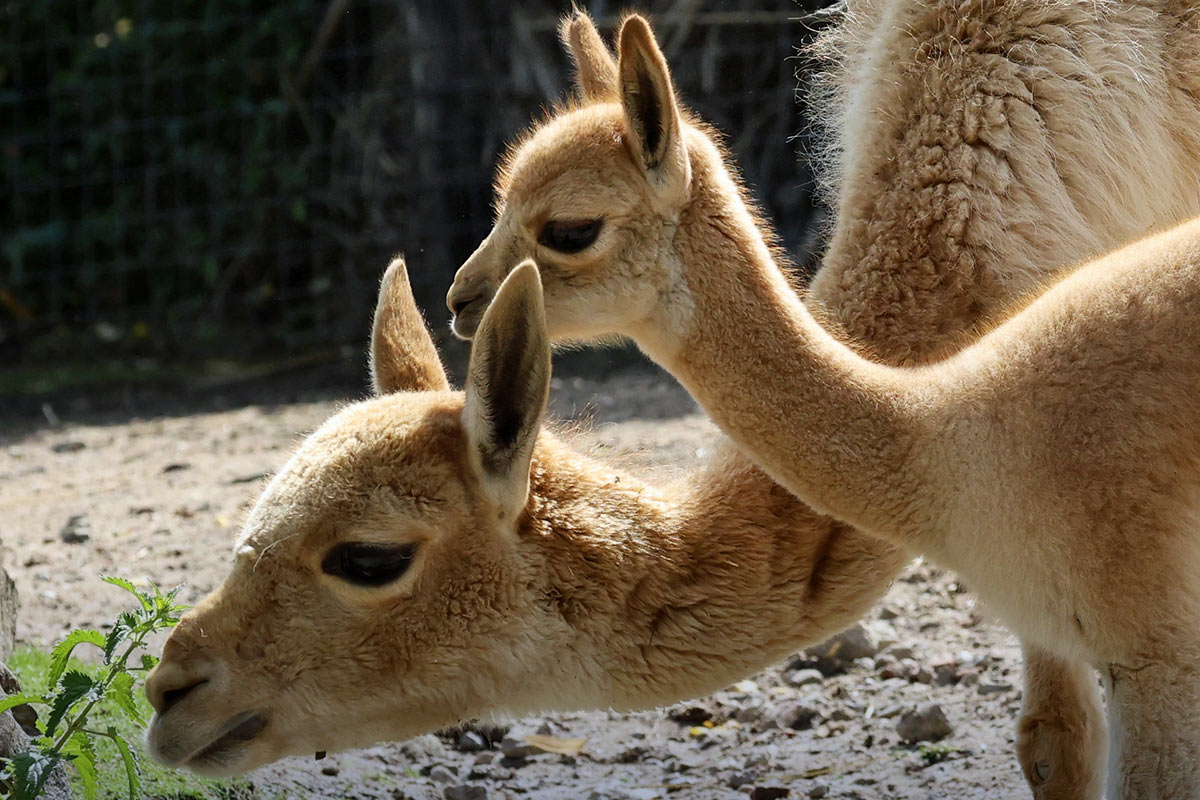
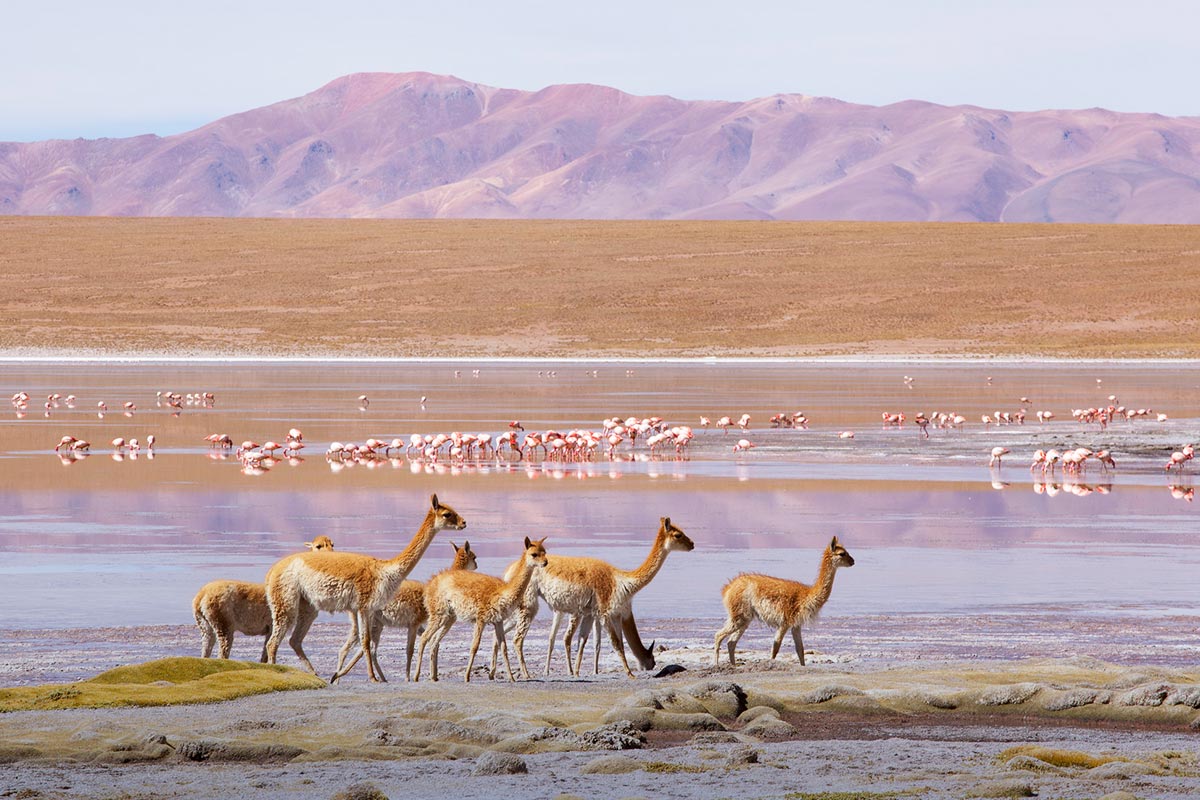
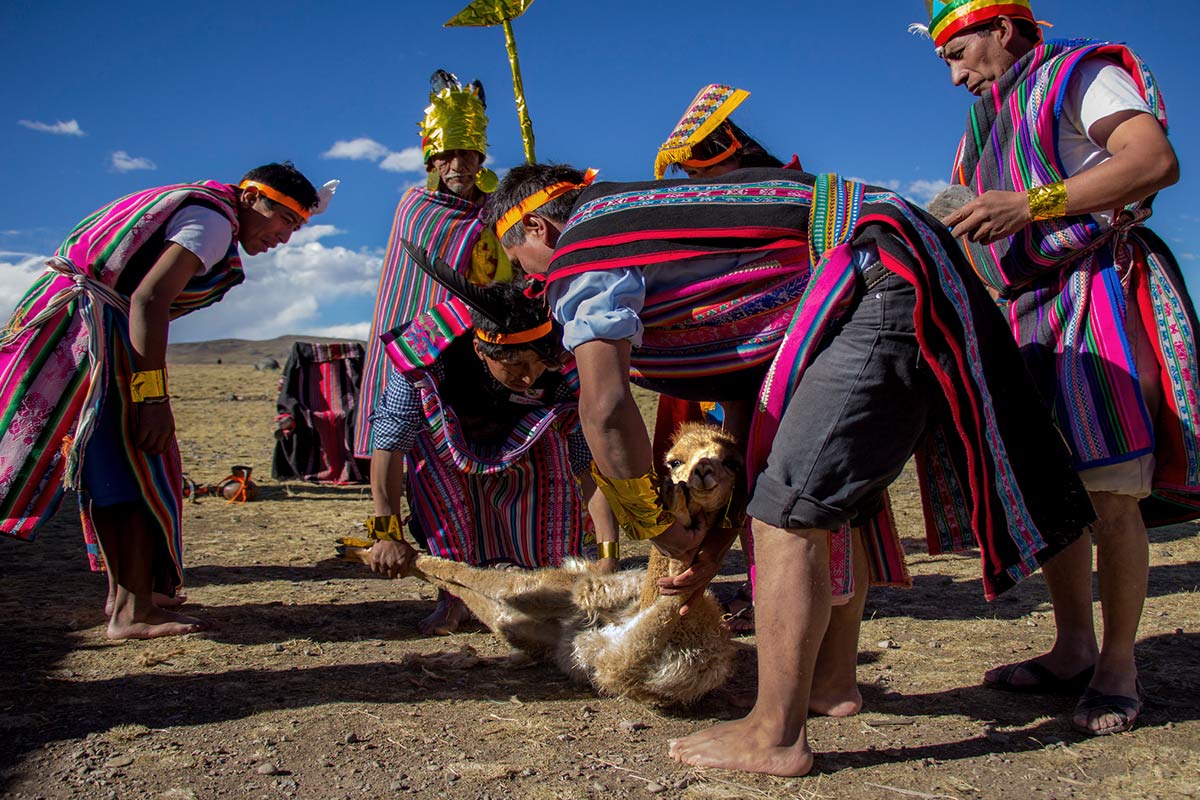
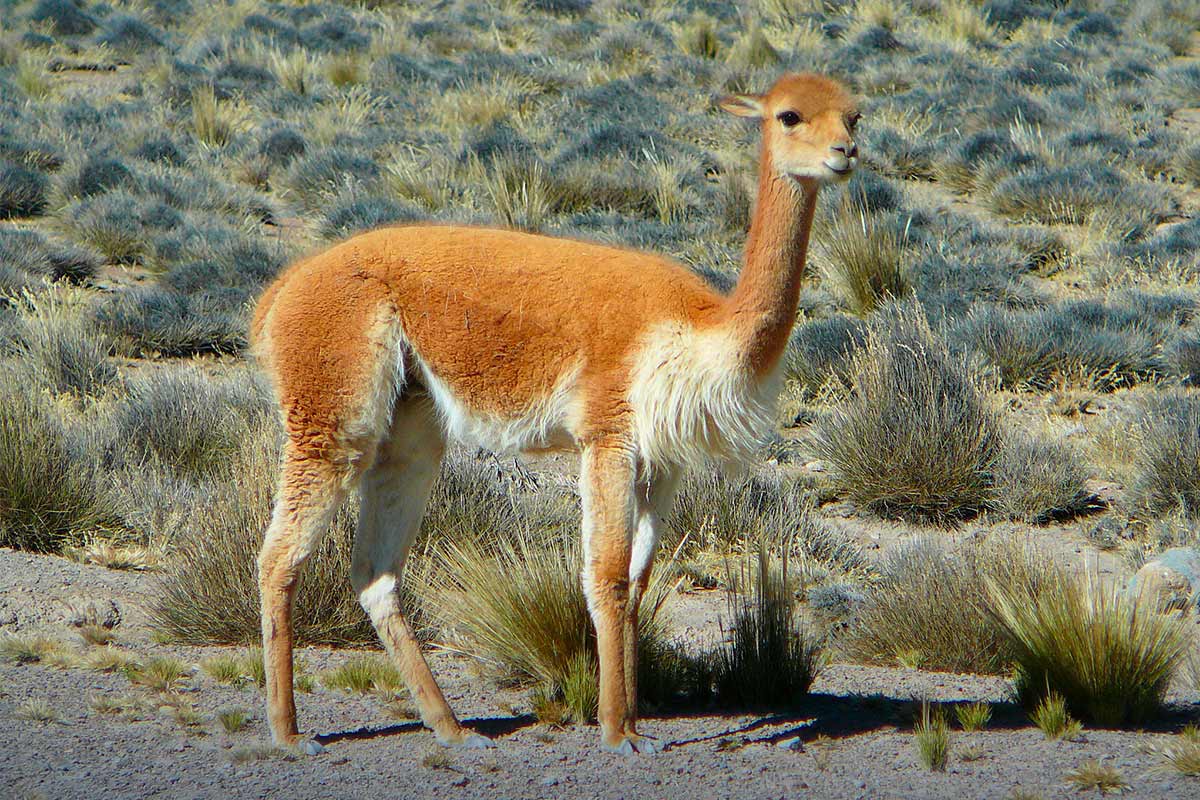
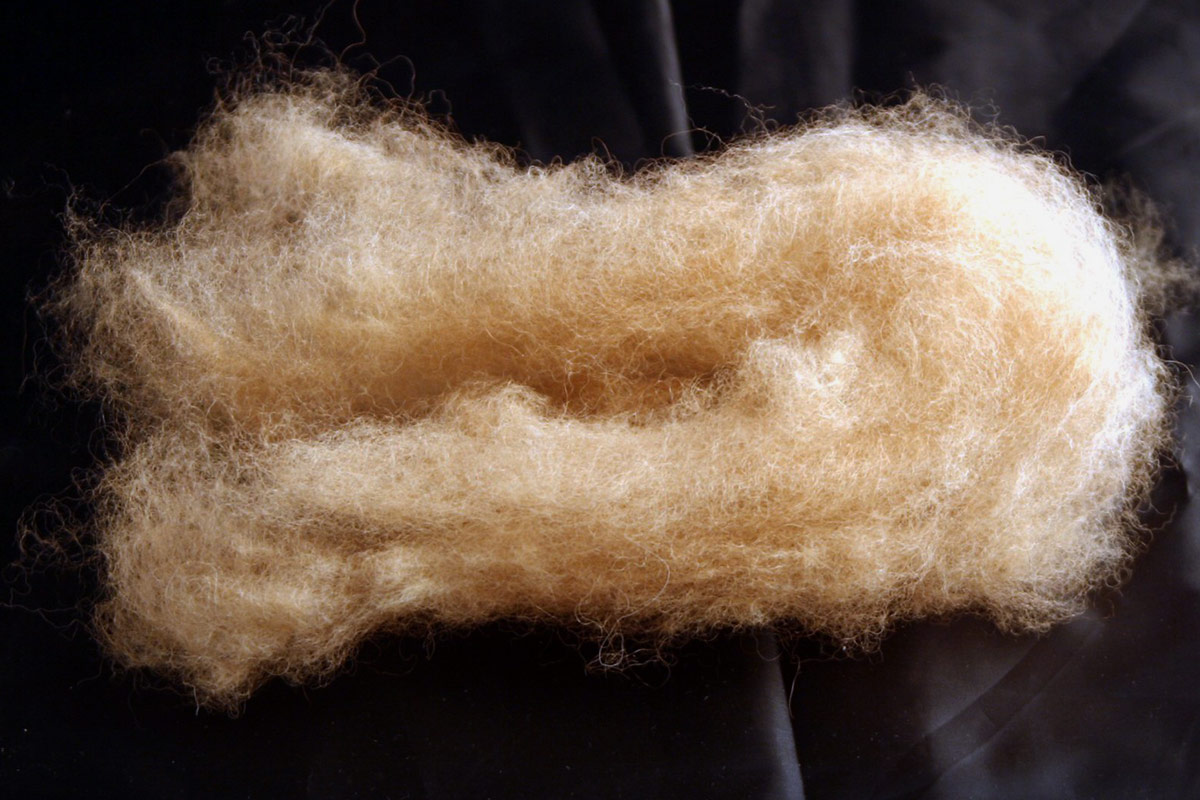

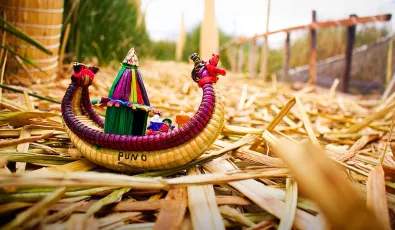
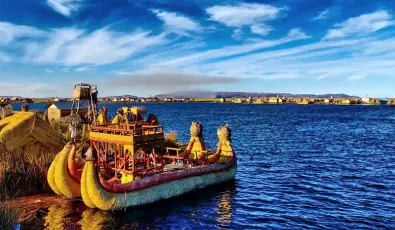
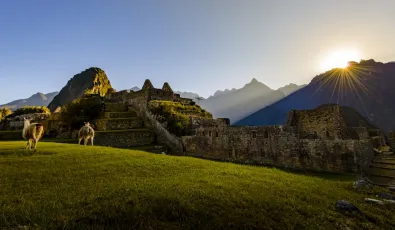
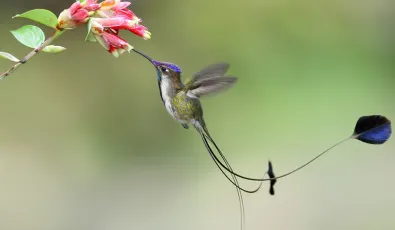

Add new comment